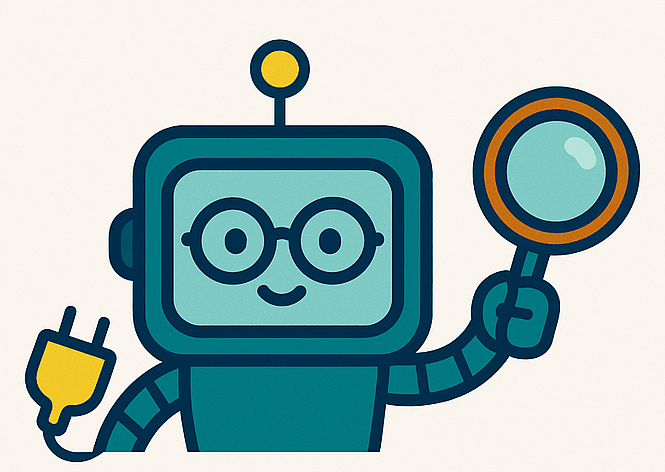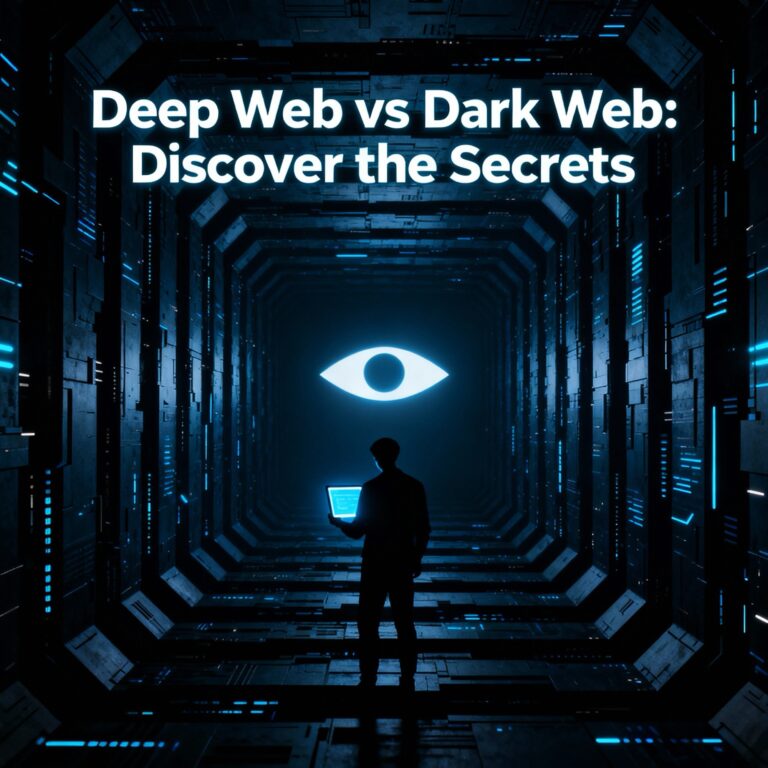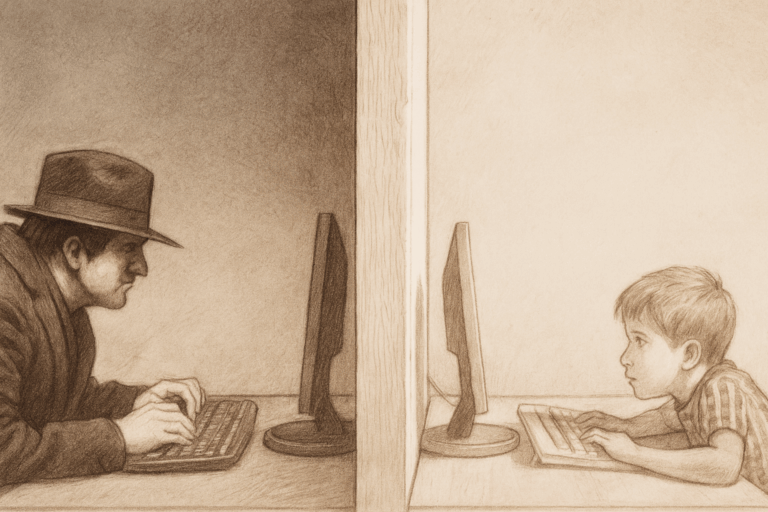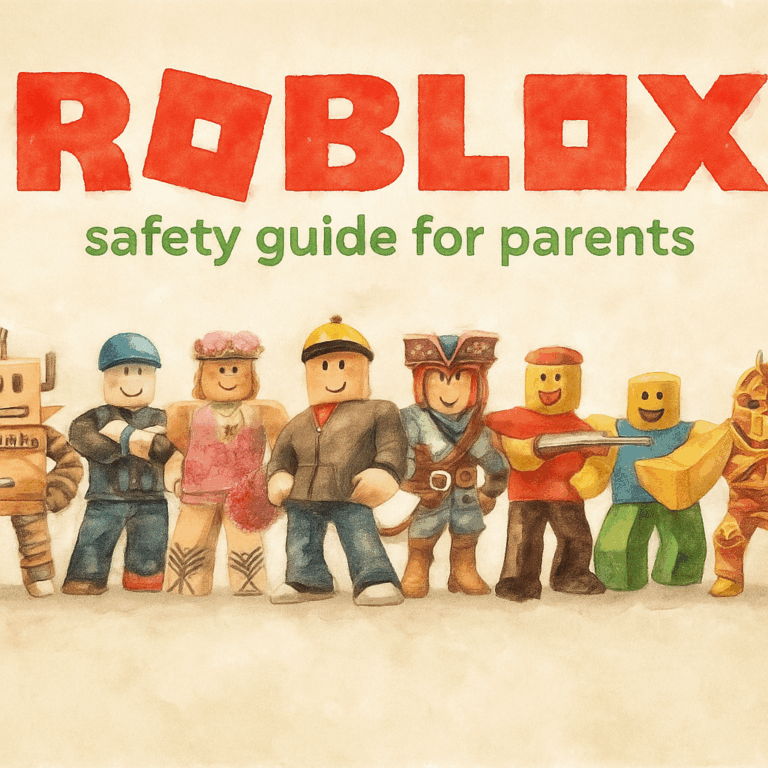Discord: the app everyone’s heard of, but few really understand
Discord: the app everyone’s heard of, but few really understand
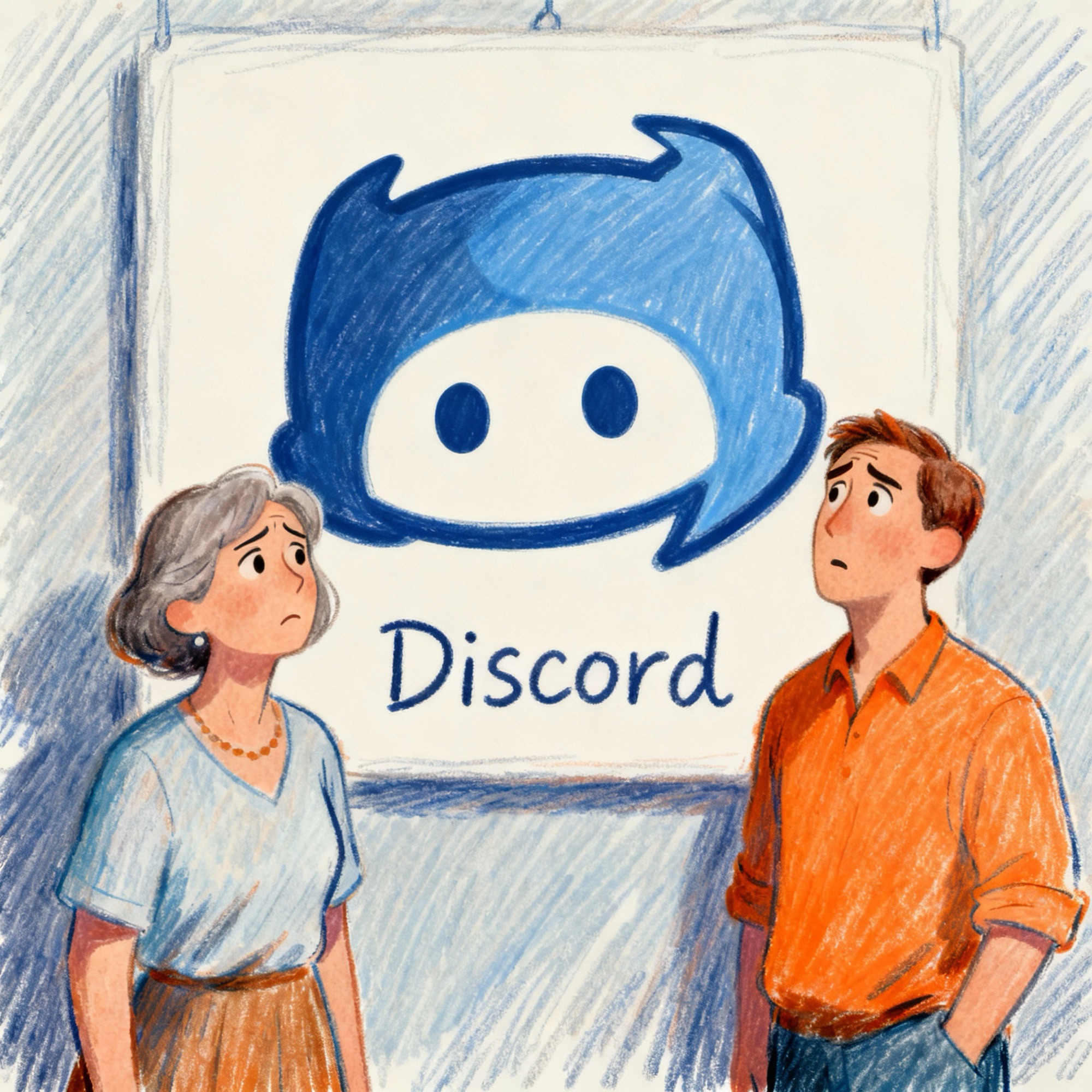
I’m a parent who works in tech, and like most parents I know, I ignored Discord for years. Then I finally installed it, joined a few servers, and realised the truth: it isn’t a dark alleyway of the internet — it’s more like walking into a very large youth club where the rooms range from gentle homework chat to chaotic gaming sessions. Here’s what it is, how it works, and what I set up at home so my family can use it sensibly.
So what is Discord, really?
If WhatsApp is a private group chat, and Reddit is a public bulletin board, Discord sits somewhere in between. It’s a place where communities — called servers — gather around interests. A server is a hub; inside it are channels for different topics. Some are text-based, some are voice, some are video. It began in gaming because gamers needed reliable voice chat; now you’ll find everything from chess clubs to study groups, music production, coding, football, book circles, and yes — still plenty of games.
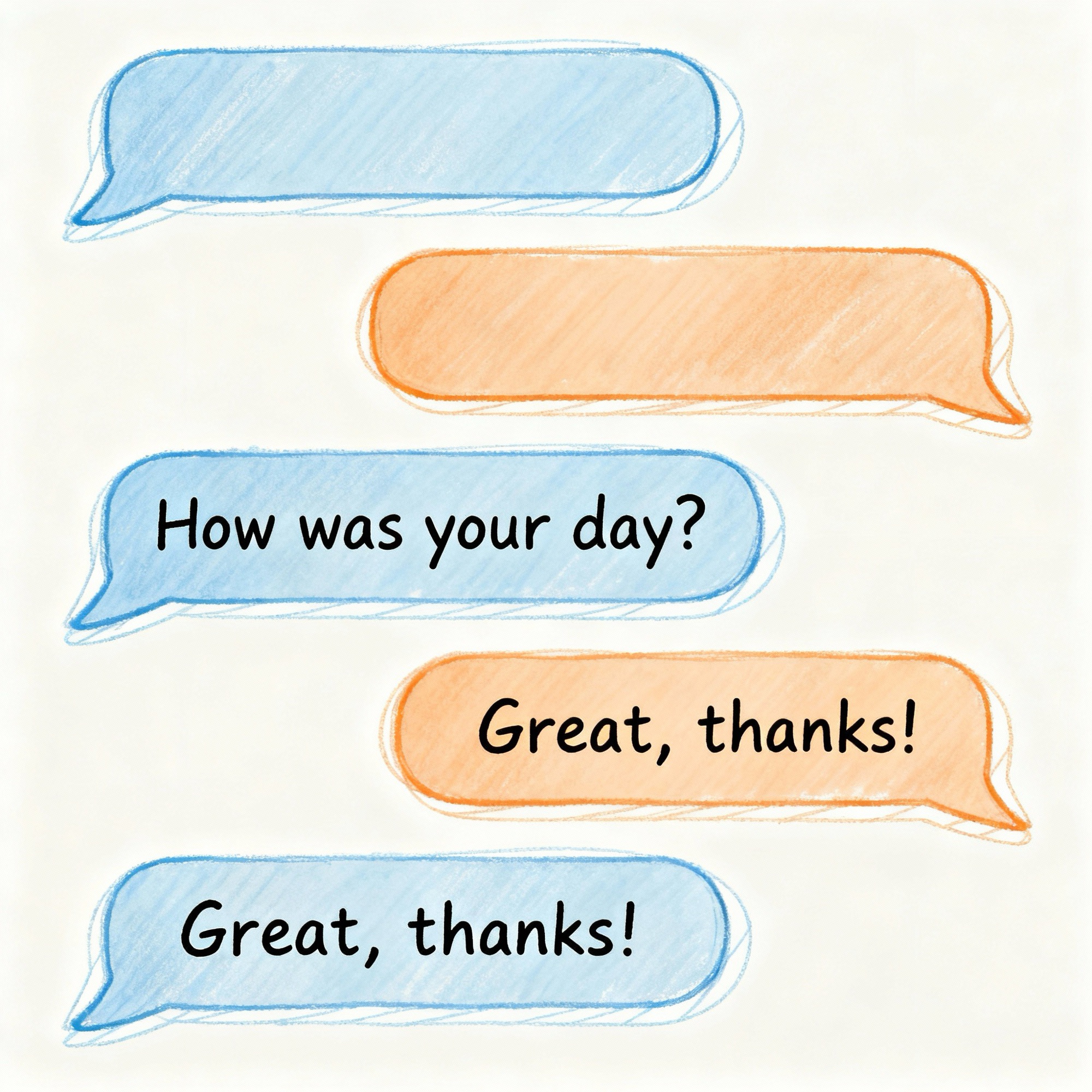
Unlike social networks that orbit around your personal profile, Discord orbits around the thing you want to do right now. You don’t need to trade phone numbers or become “friends” first; you join a server via an invite link, look around, and decide whether to stay.
Public, private, and everything in between
Servers come in two flavours. Some are public and discoverable — anyone can join and read the general channels. Others are private: invite-only, often small, and used by schools, clubs or just a handful of friends. Moderation lives at the server level: there are humans with admin powers, house rules, and tools to mute, kick and ban. The quality of that moderation varies. Some servers are cleaner than a school library; some are as unruly as a Friday night bus.
This matters for families. A private server with known friends can be perfectly healthy for an older teen. A giant public server with rapid-fire voice chat is more demanding — not necessarily dangerous, but too fast and too anonymous for younger users. I treat servers like real-world spaces: if I wouldn’t drop my child there and walk away, I don’t let them wander in online.
Accounts, age, and what Discord actually checks
Creating an account is straightforward: an email address and a date of birth. The official minimum age is 13. There’s no ID check. You can add a phone number for extra security and enable two-factor authentication — which I recommend. Usernames are chosen freely, so it’s easy to look like someone else. That doesn’t make Discord uniquely risky; it makes it like most of the internet. The fix is boring but effective: set it up together, pick a sensible username, turn on safety filters, and keep the conversation going.
The settings I turn on first
Discord’s safety tools aren’t buried, but they’re not obvious either. In my house I switch on the explicit media filter (“Keep me safe”), I limit who can send direct messages, and I close the door on friend requests from strangers. For a younger teen I also block DMs from anyone who isn’t already a confirmed friend inside a server, and I make sure voice channels are used with people we actually know. It takes five minutes to set up; it saves hours of worry later.
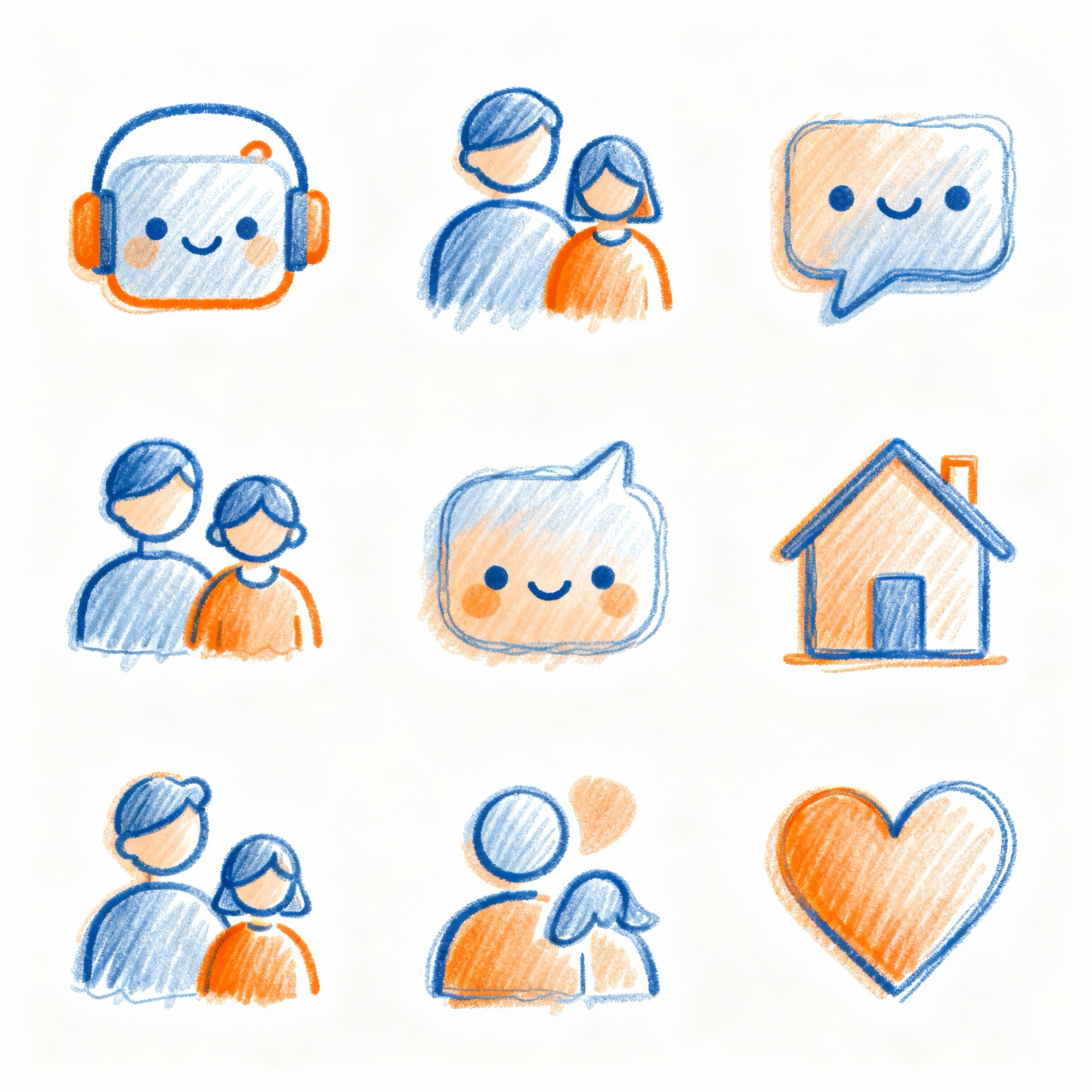
Risks, realities, and what’s actually likely
Could a child see something you’d rather they didn’t? Yes — particularly in big public spaces or in private messages from strangers. Could they be contacted by someone pretending to be their age? Also yes, though the same is true on most platforms. What balances the equation is structure. Agree that new servers are approved together. Keep devices in shared spaces during the learning phase. Make it normal to talk about odd messages, not shameful. Young people are far more likely to ask for help if they know they won’t get an explosion in return.
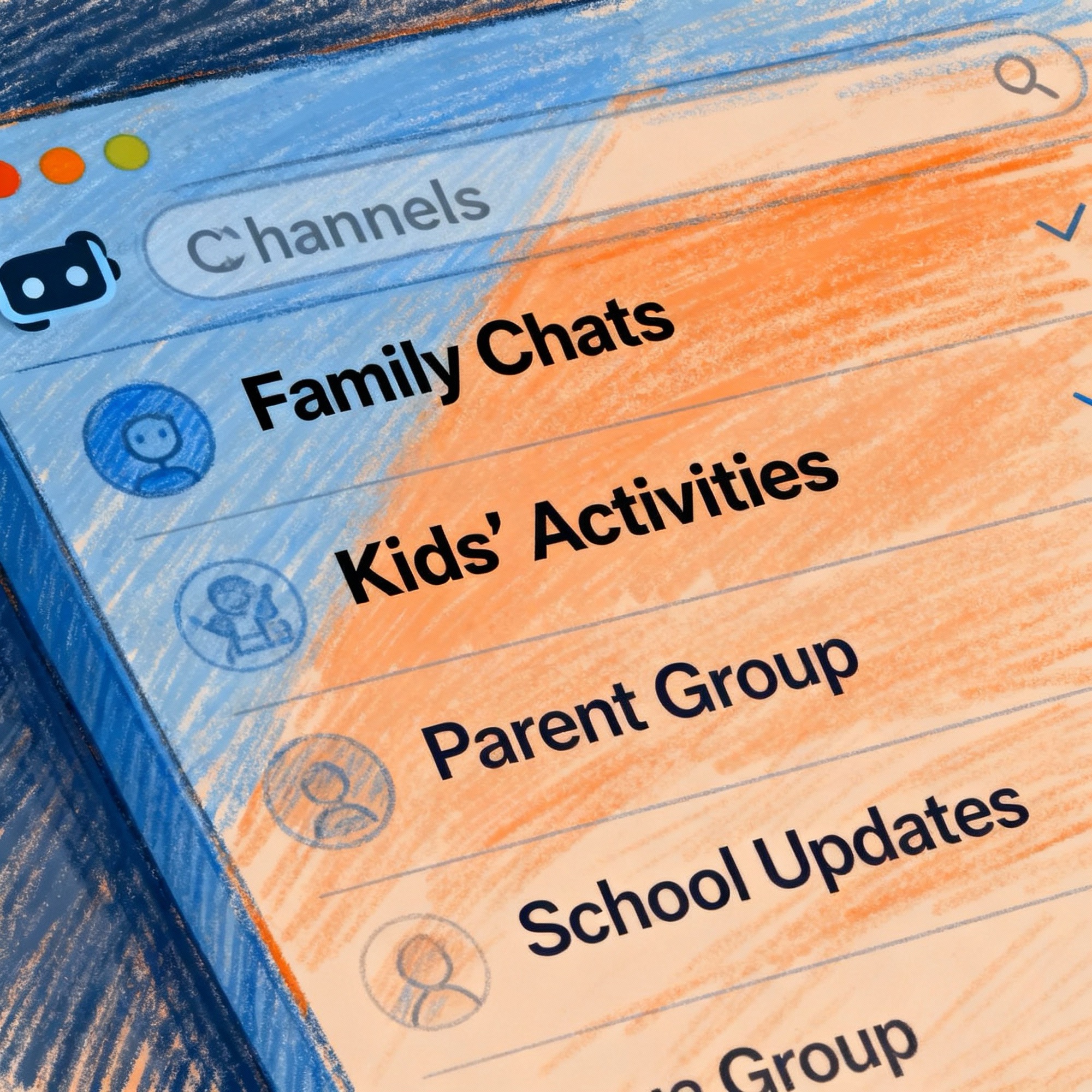
Finding and joining servers without wandering
There are two ways people end up on Discord servers: a search (for public communities) or an invite link (shared by a friend, club or teacher). I prefer the second route for families: start with a known group, then add carefully. If you’re joining a public server, scan the rules and the channel list before you say hello. A tidy server usually has clear guidelines, visible moderators, and channels that look purposeful rather than chaotic. If it feels like a rowdy pub, it probably is.
Costs and the lure of “Nitro”
Discord is free. There’s a paid tier called Nitro that offers perks — bigger file uploads, animated avatars, HD streaming. None of it is essential, though it can become social pressure in busy communities. My rule of thumb is the same as sports kits and extra controllers: if the community is positive and the child is thriving, we can talk about it; if the community is a mess, we don’t fund the mess.
How it compares to the apps you already know
WhatsApp is brilliant for family groups and small teams because it’s simple and private; it’s not built for very large communities. Instagram is a shop window with comments bolted on. Reddit is a sprawling forum. Discord tries to be the place you actually spend time with your people — text, voice, video, shared screens, all under one roof. That’s why teens love it. It feels like a room that belongs to them. Our job isn’t to board it up, it’s to make sure the doors and windows lock.
What I tell other parents
If your child is under 13, Discord isn’t appropriate. If they’re just over, keep to small private servers with people you know and set the limits together. If they’re older and want to join larger communities, make it a shared project: you both read the rules, you both look at the channel list, and you both know how to leave. Curiosity is fine. Secrecy is not. The moment Discord feels like a hidden second life, something else needs attention.
In the end
Discord isn’t evil, and it isn’t perfect. It’s a tool that can be brilliant in the right hands and exhausting in the wrong ones. When families approach it with a little structure — and the understanding that a server is only as good as its moderators — it can be part of a healthy online life. The trick, as ever, is talking early and often, and adjusting as your child grows.
